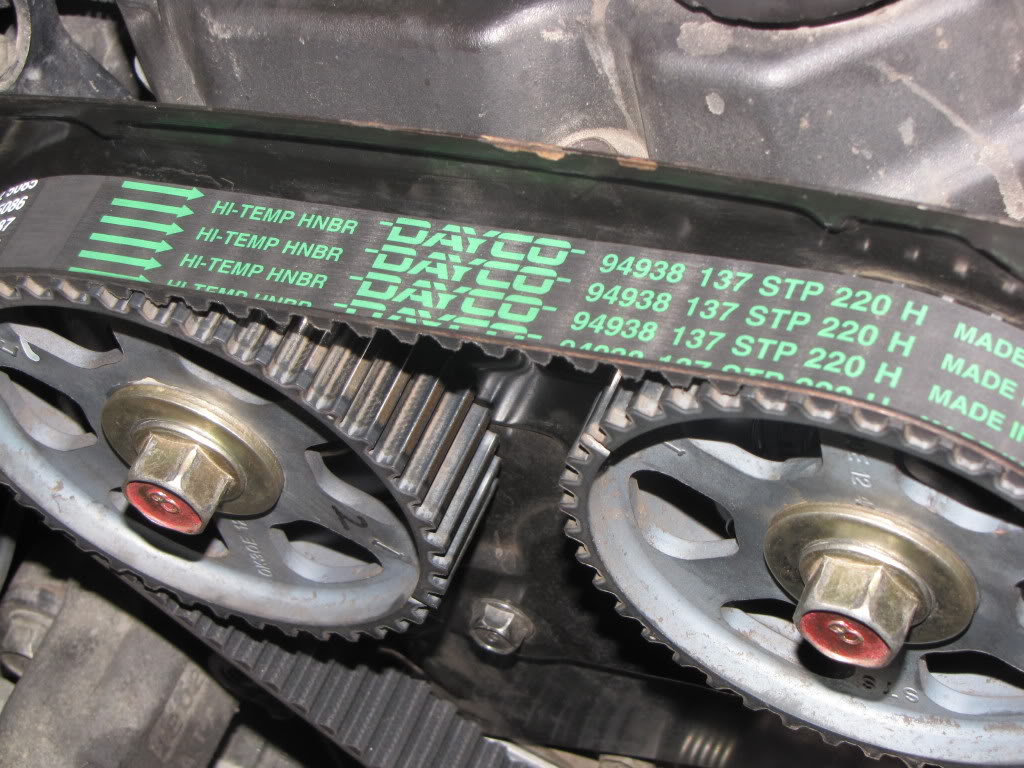With summer temperatures heating up, it’s as important as ever to pay attention to your vehicle’s belts. In this post, Brian Wheeler, marketing manager at Dayco Products, shares some secrets to properly checking your belts.
One of the most overlooked maintenance items on vehicles is the serpentine belt. About 20 percent of all vehicles on the road today have a worn belt that needs to be replaced, and about 90 percent of all belt failures happen on vehicles more than eight years old. Another interesting stat: 80 percent of belt failures happen on vehicles with more than 85,000 miles.
But there is a misconception within the industry about checking for worn belts on today’s vehicles.
I recently visited with three professional technicians who told me they look for cracks in the belt when analyzing the condition of the serpentine belt. That was a great way to check belts in the past. Today’s belts have changed, though, and it has become more difficult for professional technicians and do-it-yourselfers to identify worn belts.
Dayco has the tips and tools available so you aren’t left stranded with a busted belt. After all, ignoring belt maintenance can be expensive.
Until the late 90s and early 2000s, neoprene, the original rubber compound developed into serpentine belts, was the primary material in all belts. While neoprene was, and still is, a good material for misalignment chirp noise, its flex fatigue characteristics are marginal, especially in hot and cold conditions that roll around yearly. To achieve better performance under those extreme winter and summer temperature conditions, and to get more mileage out of the belt, EPDM 2000 became the material of choice for all major belt suppliers because EPDM compounds provide excellent life in all temperature conditions.
These new EPDM belts resist cracking unlike the older OE belts, but they do wear. They lose rubber like a tire. Many people are caught off guard by this and need help understanding the best way to check for worn belts.
Today’s belts start out with a V profile, and as they wear, the V turns into a U. Once the belt is worn, it will have less surface area contact with the pulley and begin to fail or make noise. Dayco designed a handy gauge to help measure belt wear very similar to a tire tread depth gauge. Place the Dayco aWEARness gauge into the rib and if you can’t feel the plastic, the gauge leg has dropped too deep into the rib. That means the V has worn into a U, and the belt is worn. You can also use the crown, and if you can move the gauge side to side or see light through the ribs, then that belt is too worn.
Noisy belts are a big issue today. Why?
As discussed, today’s EPDM belts are stiffer. Belts are being replaced on vehicles with nearly 100,000 miles and the belt drives in those vehicles are far from perfect. The vehicles have worn pulleys and slight misalignments that new belts needs to contend with. In the past, those old-style neoprene belts were softer and more forgiving to these imperfections. The new, stiffer EPDM belts tend to make noise when there are misalignments. Belt drives have also become much more complicated, touching over 10 points of contact and leaving more opportunities for misalignments.
Belt noise can be caused by misalignment or tension. Dayco has a simple trick of the trade to figure this out. Take a water bottle and spray the rib side of the belt while the vehicle is running. If the noise goes away, it’s a misalignment. You can also test the belts by revving the engine. If the noise goes away as you rev, it’s misalignment. When you spray the ribs and the noise gets louder, the issue is tension. Also, if you rev the engine and the noise get louder, it’s tension.
Don’t risk getting stranded in the summer heat! Check your belts for wear and change as necessary.


I replace the serpentine belt with a new Dayco belt every 15,000 miles on my 2000 Dodge Durango.Not only wear can be a problem,but time and age can be just as critical.BY the way ,I only have 63,000 miles on the vehicle.
Thanks fo0r your info.,it’s very good advice.
looking for fuel injectors to replace my stock ones’ on my ’05 Tacoma, and a throttle body as well to replace original 4.0l engine thanks. rich
I have over 100k on my 2005 Audi belt. It’s a scam
You don’t need to change your belt every 60k miles